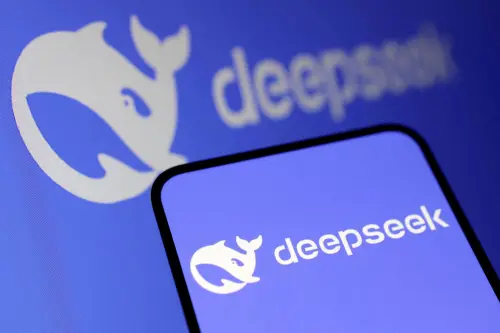DeepSeek, a Chinese startup, caused a more than $1 trillion sell-off in global equities markets last month with its budget-friendly AI reasoning model surpassing many Western competitors. The company is expediting the release of the successor to the January R1 model. It was originally scheduled for early May but now aims for an earlier launch. The anticipated R2 model is expected to offer improved coding and multilingual reasoning capabilities.
DeepSeek's achievements have drawn attention within the industry, with Vijayasimha Alilughatta, COO of Zensar, suggesting that the launch of the R2 model could be a pivotal moment in the AI sector. The founder, Liang, has led the company with a unique approach, encouraging research over profit and fostering a collaborative work environment that deviates from the conventional practices of China's tech industry.
Through strategic investments and a focus on refining AI quality instead of app development, DeepSeek and its parent company, High-Flyer, have succeeded in attracting top talent and advancing AI technology, including pioneering methodologies like Mixture-of-Experts and multihead latent attention. This success has prompted adjustments in strategies by competitors and stirred interest among both Western and Chinese tech giants.
As DeepSeek gains traction in the market, its low-cost AI models have garnered praise and support from Chinese government entities and tech companies. Meanwhile, international scrutiny intensifies, with concerns over the potential implications of DeepSeek's rapid adoption. Liang’s commitment to innovation amid challenges, including restrictions on high-end chips, underscores the company’s trajectory in the competitive AI landscape.
